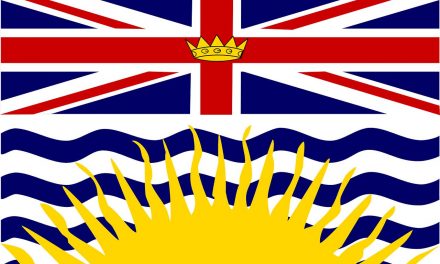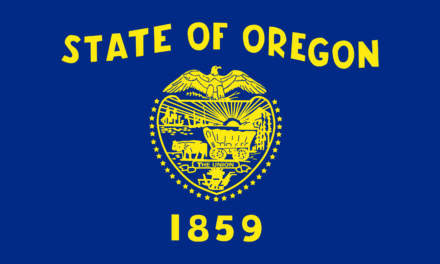Best known amongst budding travellers and trekkers for its copious amounts of scenic views and nature spots, Yukon is best described as a dream destination to settle down in.
Home to the Kluane National Park and Reserve and Canada’s highest pear, Mount Logan, the Northwest Canadian territory continues to attract those who seek an abundance of natural sights and sounds. If you want to move to somewhere more peaceful in hopes of settling down in the right place where you can get truly in touch with nature, then Yukon is the place to be!
Given the wide, open roads and low amount of traffic, you’ll realize that this is the perfect place to ride a motorcycle in your first few days or weeks. Whether you’re headed to the store or taking a trip to nearby territories or provinces, the idea of riding around the territory on a motorcycle doesn’t seem half bad.
Before you jump at the idea of riding around Northwest Canada on a two-wheeler, there’s one more item on your checklist that you need to settle: Getting a Yukon motorcycle license.
Step-by-step guide
If you want to enjoy the open roads, breathtaking sights, and very little traffic, then look no further as we’ve prepared a step-by-step guide on getting your motorcycle license in Yukon:
Step #1: Make sure that you qualify based on the requirements
Before you even ride your motorcycle all over Yukon, it’s essential to first make sure that you meet the necessary qualifications needed to get a proper license. Here are the most common beginner requirements for each type of applicable motorcycle license:
- Age: For learner’s permits and novice licenses, applicants must be at least 15 and 16 years old, respectively.
- Documentation: Regarding documentation, applicants must merely provide any valid ID, such as a passport, tax ID, or identification, and two documents to prove your Yukon residency.
- Examinations: As opposed to other parts of Canada that are far more lenient in terms of tests, Yukon holds a stricter approach as it requires learner’s permit applicants to pass a learner class six motorcycle/moped written exam. On the other hand, novice applicants must have a valid class seven graduated driver licensing program (GDL) for at least half a year and should have taken and passed class six road tests.
It is vital to note, however, that you must be accompanied by a parent or legally appointed guardian if you’re under the age of 18!
Step #2: Take the required tests
Similar to any other Canadian motorcycle riding license, a Yukon license requires applicants to take a knowledge or written test and a road test that will properly gauge their skills and roadworthiness. To make the most out of the $20 that you pay for each test, it’s vital that you find riding schools that will help you learn everything so that you can pass both examinations with flying colours!
Step #3: Do what you need to do after taking and passing the tests
Now that you’ve managed to pass both the knowledge and road tests, you can secure a temporary license from the local Motor Vehicles office, which will last about three months or 90 days and cost $50. Once your 90 days are up, you can head over to the Motor Vehicles office again to upgrade your license that will let you ride with the least amount of restrictions possible!
Conclusion
While the idea of cruising along the breathtaking natural landscapes of Yukon is a dream worth reliving repeatedly, it’s vital to ensure that you handle everything when it comes to getting a motorcycle license. By following this step-by-step guide, you’ll get your motorcycle license in no time and gain all the freedom to enjoy and cherish the wide, open road!
If you’re looking for guides on the best beginner bikes for 2020 or motorcycle license application processes in Canada and the US, we’ve got you covered – check out our blog today!





